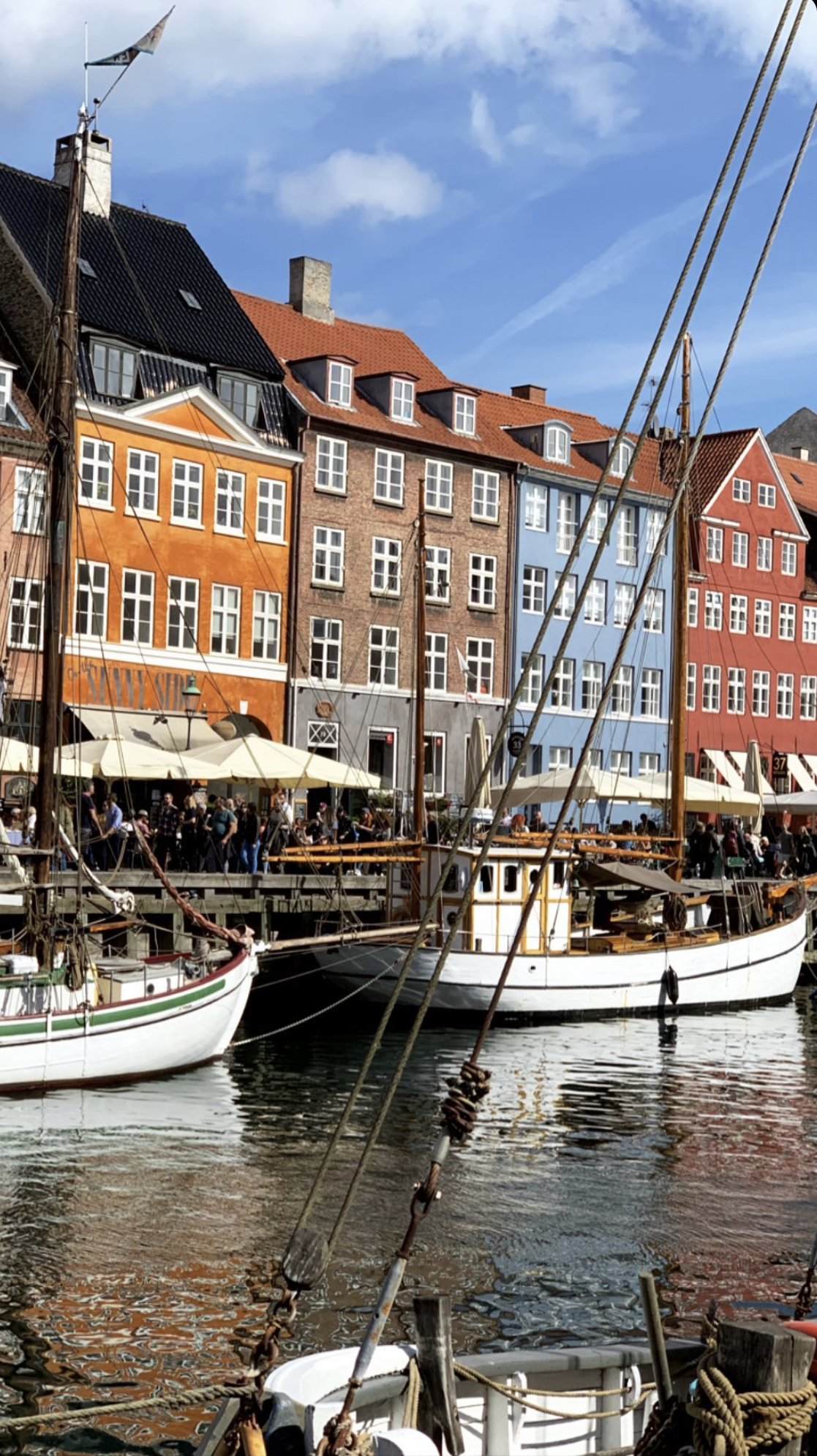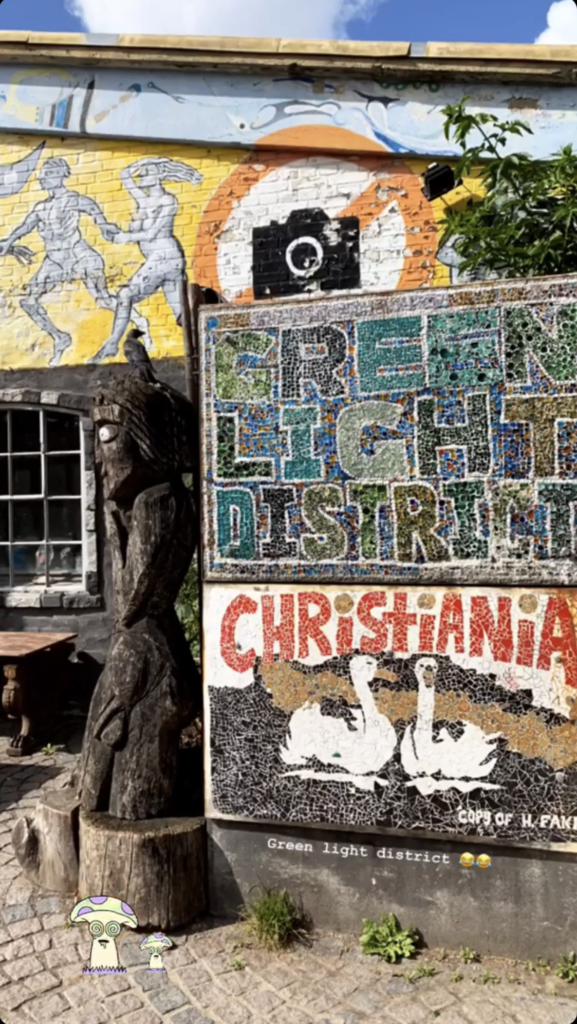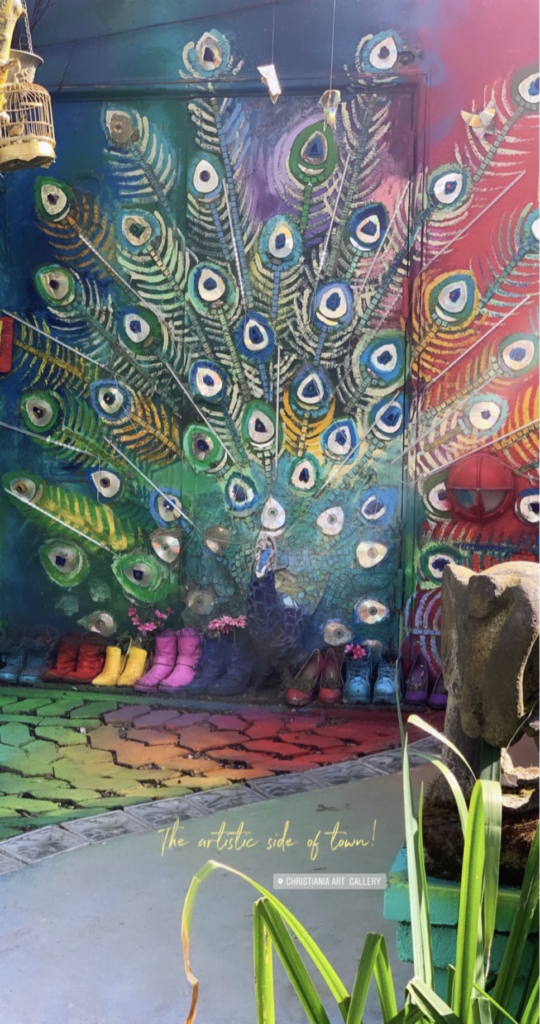Copenhagen was the first city I visited north of Netherlands. It is accessible and easy to plan for just a weekend if you don’t have more days. I also see it as a nice bridge between Europe and Nordics, exhibiting a nice blend of a European-city charm and the slow-paced and minimal Danish lifestyle.
I want to start with explaining the difference between Nordics and Scandinavian, as it gives a nice insight into how these countries came to form. Once upon a time in middle ages, there were a group of people called Norsemen, who spoke the Old Norse language. These people went conquered and expanded into other regions in Denmark, Norway and Sweden. The descendants in these 3 countries are thus called Scandinavians owing to the common linguistic roots.
Other 2 countries Finland and Iceland are also geographically and culturally close, but they have different history. To bring them all under one common term, Nordic started to be used.
Moving on from the cultural lesson, Copenhagen has a lot of interesting images. It was once a land where Vikings ruled and ships circled through busy trade. Along the pretty ports, famous authors became successful, and art scene flourished. In present day, it is a very cosmopolitan city with a diverse expat population, their own natural wine, an eco-friendly conscience, and an admirable culinary scene.
My first impression of the city was that it is a lot like Amsterdam, but with bigger streets and canals, and definitely better bikes. I loved the Scandinavian touch to the bikes, they looked more branded and had a classic and yet stylish look to them. This was an observation compared to Amsterdam where most bikes are rusted and ill-maintained because no one wants a shiny bike to be spotted for stealing.
I went to Copenhagen in September and February, and both times I felt it was mildly cold and rainy. I ended up in the city alone because my friends cancelled the plan last minute. This gave me the liberty to wander around the city, exploring as wide as I could without any concrete plans or itinerary.
These are 10 things that I would recommend you to explore in and around this quaint little Danish city!
1. Free-town Christiania
In the center of Copenhagen, there is a small area but with a self-governing society and little connection to Danish laws. It started as a community of young artists and squatters occupying an abandoned military area and defying government laws but over time it has found synergy and even a good reputation within the society. The moto is of free will as long as there are no weapons, violence or theft involved. As a tourist you can visit the area and witness how drug shops, hippies and families with even kids can co-exist together in a unique way.
2. Danish bakeries

If you are not a fan of Danish pastries, it is because you have not tried the real flaky, buttery, delicious, sugary yet light Danish rolls. In other parts of the world, the technique is a dull copy of the actual handcrafted layers of goodness found here. So, do yourself a favor and visit a local Danish bakery. The options are endless from cinnamon rolls, sourdough breads, pastries, open sandwiches etc.
My easiest recommendation would be to go to Lagkagehuset which is a local chain and easily noticeable at many places around the city, and try a kanelsnegle. The number of dishes you would see starting with Kanel (cinnamon) would be endless as that is often the key element to the rich flavor of these goodies. There is a lot more to write about different dishes that I was amazed by, which I would cover in a separate post.
3. Walking tour
Walking tours are the best guided way to explore a new city, learn about their history and get to know some interesting stories about the place. I went for an introductory walking tour that my hostel provided and it was helpful to know my way around and recognize some important buildings.
But there are a lot of options to choose from – creative tours exploring the art scene, historical tours talking of Hans Christian Anderson and his legacy, culinary tours, alternative tours explaining about Christiania and how it fits in the city, and even Hygge cultural tours that talk about how Danish people live an enriching life full of coziness, warmth and content.
4. Chill at Nyhavn
This is the postcard-worthy harbor that represents Copenhagen everywhere. Despite the touristy buzz, it had an idyllic setting with a clear waterfront, boats sailing, people sitting on the wooden ledges, and an atmosphere suited for either chilling or relaxing.
If time permits its best to sit down here for a slow meal or drink, and soak in the vibes.
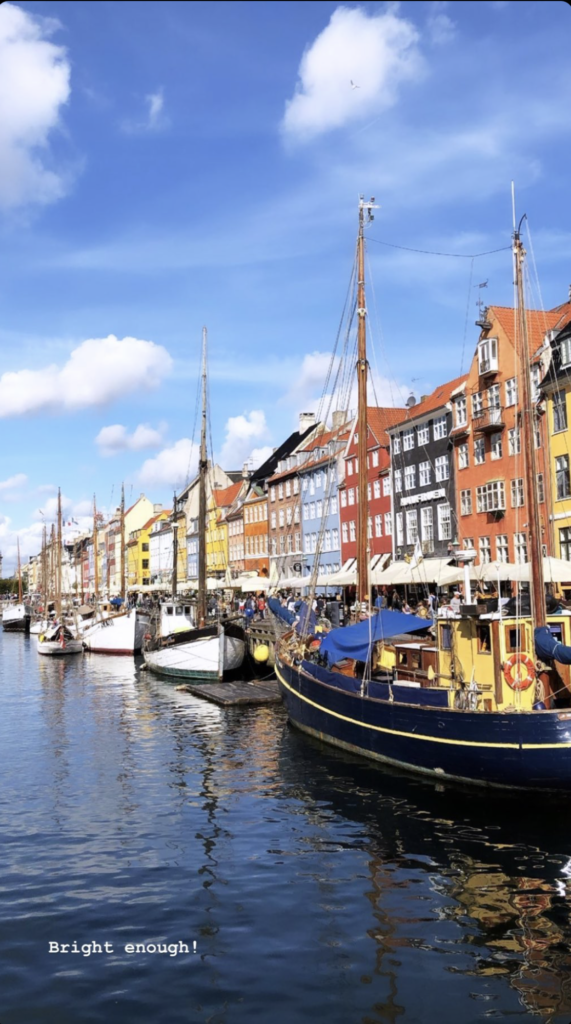
5. Biking
To feel a part of the local culture, biking is the best way to mingle and also helps exploring the far areas away from the city center. You can easily go to Vesterbro, Nørrebro, Christianshavn, the Latin Quarters, and the city center without the need for public transport. Going from Amsterdam it was easy for me to bike by myself, but otherwise would recommend that watch out for the crazy traffic or opt for a biking tour.
6. Explore Nørrebro
Nørrebro is a multicultural district with a more artsy, bohemian and upbeat aura. It is lined with local boutiques, street food joints, cozy cafes, occasional flea markets and a river front view to stroll by. I found myself in this area to try out the top food joints I had bookmarked, and kept coming back after every nice meal.
7. Scandinavian style
I have been a fan of Scandinavian décor and local brands, so much so that I decided to carve out some time to visit stores for window shopping and finding unique souvenirs. I loved the aesthetics in simple home décor things, the edgy look found in local boutiques, and a chic scandi touch to many accessories.
Strøget is the main shopping street and filled with broad options. But also, if you wander in small alleys and other areas, you will find nice shops run by locals.
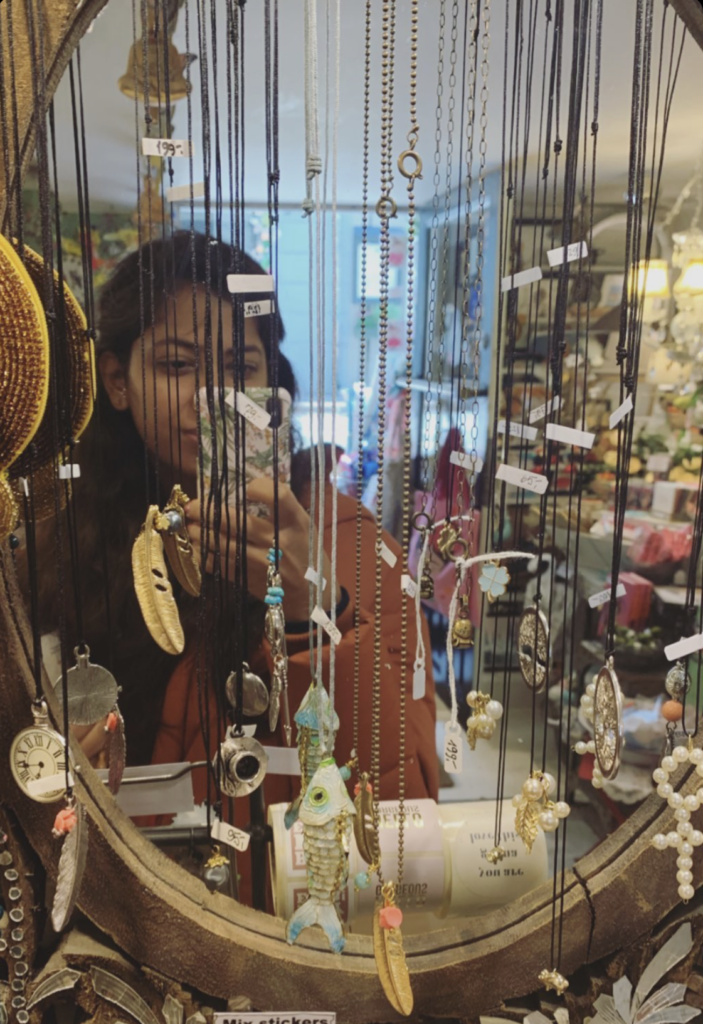
8. Hop on a train to Sweden
If you like the idea of taking a small train ride to a different country across the sea, then hop on a train, cross the Øresund Bridge under water and come back above in Sweden. Just under half an hour away, there is Malmo which is a big city with stunning views of the harbor, a nice gastronomic scene, and a charming old town to explore. Österlen to the south is also a beautiful province with farmlands and fishing villages. I went for a more offbeat experience to Lund, which is a cute university town again with a picturesque setting.
9. Palace hopping
There are some beautiful palaces well within the city offering grand architecture or royal touch. Christiansborg Palace is in the heart of Copenhagen and houses the current Parliament. It also has the highest tower in the city which can be visited for amazing city views. Amalienborg Palace and Rosenburg Castle are nice place to spend some time if interested in royal history.
10. White cliffs of mon
Around 2 hours away south of Copenhagen, are the Møns Klint, highest chalk cliffs in the country facing the Baltic sea. It is a fantastic place to get out for walking, or water activities in the summer like boating, snorkeling etc. It stands together with Stevns Klint, one of Denmark’s UNESCO World Heritage Sites.
Summing it up, Copenhagen was a nice surprise and different from many other cities I had been to. I am glad I gave travelling solo a chance and went there to explore a new place. Would I go there again? Maybe not, unless I had a compelling reason to. But I will definitely be looking for Danish cinnamon rolls If I am travelling over the Baltics again!

